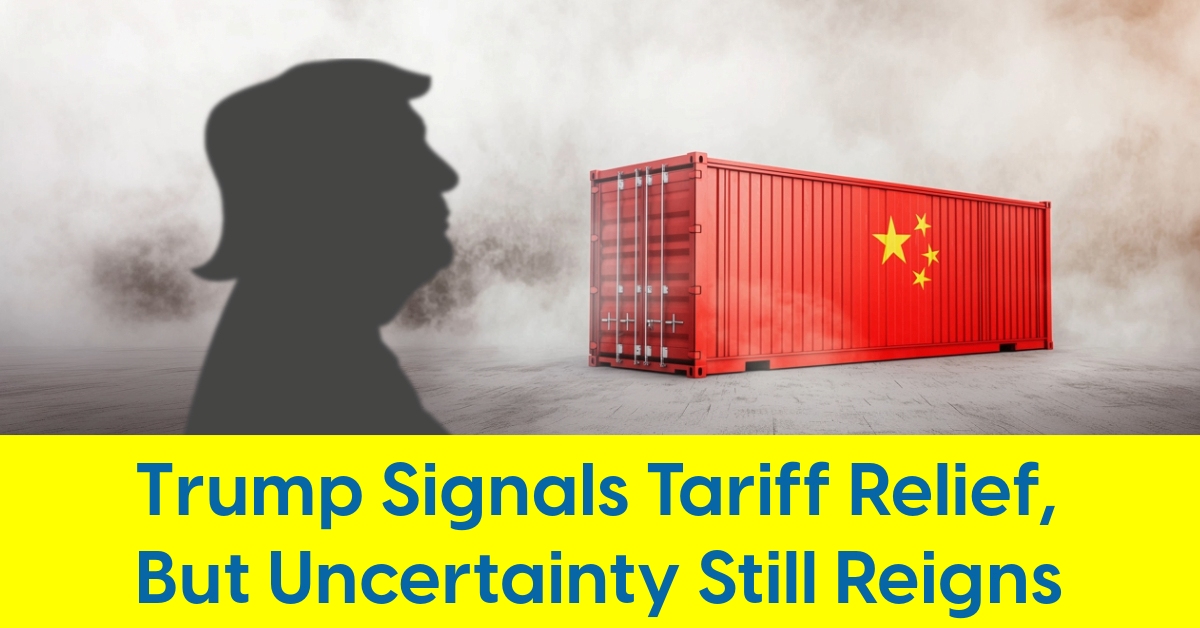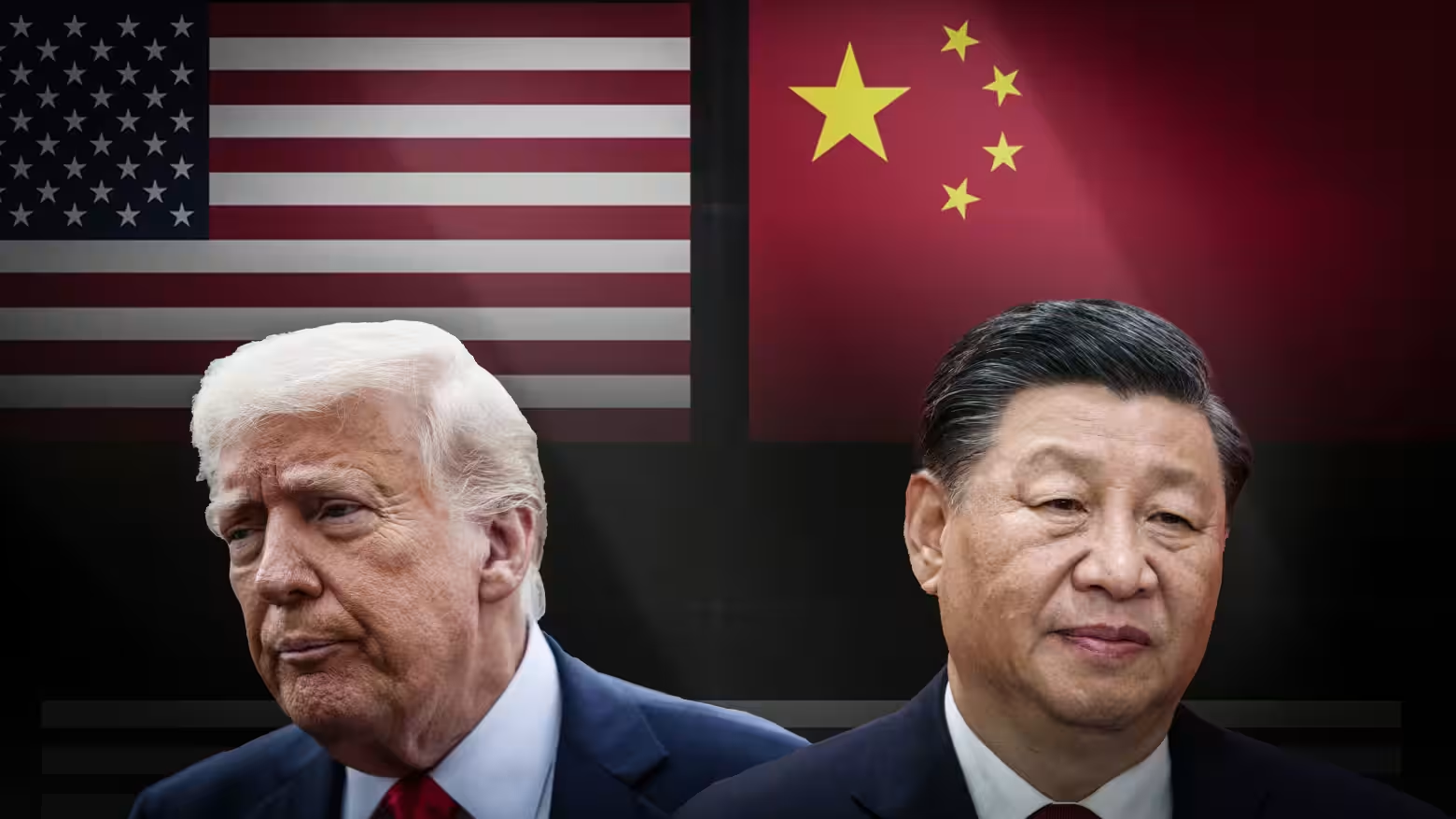President promises "big" cuts. Lighting industry insiders: "What's 'big'?"
After months of tariff increases and erratic trade policy fluctuations, the US lighting industry is watching the potential policy shift with caution. On Tuesday, US President Donald Trump revealed that the 145% tariff imposed on Chinese imports earlier this month may be reduced in the near future.
"The tariffs will be reduced significantly," Trump said in the Oval Office, "but they will not be reduced to zero."
Although the remarks were short on specifics, they echoed previous statements by US Treasury Secretary Scott Bessant. According to CNN, Bessant had privately described the current trade standoff between the United States and China as "unsustainable." Although the relevant policies have not yet been officially adjusted, Washington's attitude has clearly eased.
This dynamic is critical to the lighting industry. Since the beginning of February, lighting companies have faced a rapidly changing tariff environment that has not only impacted cost structures but also affected market confidence. From the initial threat of tariffs on Chinese goods, to additional tariffs on steel and aluminum products, to trade frictions with Mexico and Canada, to the high tariff of 145% on Chinese imports, each round of policy changes has brought new troubles to the industry.
Although the latest tariff rate has only been in place for a few weeks, the uncertainty surrounding tariffs has already lasted for quite a long time.
Short-term relief, but the impact remains
Tariff policy adjustments for other major manufacturing regions have further exacerbated industry instability. On April 9, the United States announced a significant increase in tariffs on imports from Vietnam (46%), Cambodia (49%), India (26%) and Malaysia (24%). However, just a few days later, the US government suspended these tariff increases and restored the tariff rate to 10% within a 90-day review period.
A similar situation occurred in March of this year. At that time, the US government imposed a 25% tariff on imports from Canada and Mexico, which directly hit lighting brands that assemble products in North America. However, the measure lasted only 48 hours before it was shelved due to opposition from manufacturers and pressure from diplomatic partners.
For lighting companies that are already dealing with challenges such as inflation, freight fluctuations and longer delivery cycles, frequent tariff changes have not only increased costs, but also caused business operations to stagnate.

Price lists have been revised many times, and procurement teams have had to abandon their original forecasts. Distributors have adopted very different response strategies: some choose to speed up orders before the next policy change, while others stop purchasing completely.
The Difficulties of Industry Transformation
The lighting industry has long been known to the industry for its high dependence on the Chinese market. Although the industry has been working to diversify its supply chain, Chinese factories still dominate in areas such as LED components, drivers, optical components and finished product production. Although Southeast Asia provides some alternative options, the recent tariff turmoil - even if only temporarily - has also highlighted the limitations of diversification strategies in the face of unstable trade policies.
Mexico has long been seen as a "safe haven" for American lighting brands, especially for those companies that use cross-border processing plants for assembly. However, the brief tariff shock in March reminded many companies that this advantage may be fleeting.
In short, there is no permanent solution. Even if companies try to reduce their dependence on the Chinese market, each transition comes with new risks, including rising costs, insufficient production capacity, technical compatibility issues and increased regulatory complexity.

Hope remains, but details are missing
While President Trump's statement on April 22 hinted at the possibility of tariff cuts, it did not give specific rates, implementation dates or relevant standards. Currently, the 145% tariff remains in effect, with only some consumer electronics products exempted.
For the lighting industry, which is accustomed to long-term planning, policy ambiguity remains troubling.
Even if lower tariff rates are implemented in the future, for some companies, it may not be possible to save sales and profit targets for the second and third quarters. Prices for projects and inventory orders have been raised, the landed costs of products in transit have doubled, and some large development projects have even been shelved completely.
Lighting industry practitioners do not expect tariffs to return to lower levels immediately. What they desire more is the predictability of policies to support procurement strategies and sales forecasts. Before that, many companies will remain on the sidelines, focusing on news rather than market signals.

